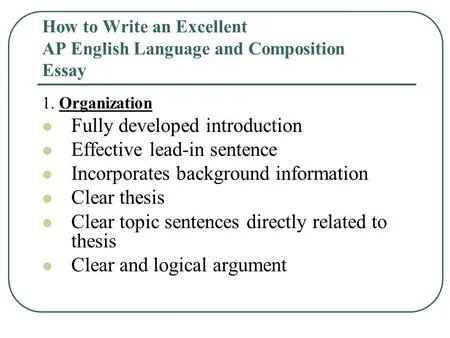What is a Cover Letter
A cover letter is a crucial document that accompanies your resume when applying for a job. It serves as a formal introduction and allows you to elaborate on your qualifications, skills, and experience in a way that a resume alone cannot. Unlike a resume, which provides a snapshot of your professional history, a cover letter enables you to tell a story, demonstrating your enthusiasm for the position and explaining why you are the ideal candidate. It is your opportunity to make a strong first impression and persuade the hiring manager to consider your application further. The cover letter should be tailored to each specific job application, highlighting the skills and experiences most relevant to the role and the company’s needs.
Why You Need a Cover Letter
In today’s competitive job market, a well-crafted cover letter is often essential for standing out from the crowd. Many hiring managers consider a cover letter a mandatory part of the application process. It allows you to personalize your application and demonstrate your genuine interest in the specific job and company. By using a cover letter, you can explain any gaps in your employment history, address specific requirements outlined in the job description, and provide context to your resume. It gives you the chance to highlight your soft skills, such as communication, teamwork, and problem-solving abilities, which may not be explicitly listed on your resume. Moreover, a strong cover letter can significantly increase your chances of getting an interview, setting the stage for a successful job application.
Cover Letter Structure Essential Elements
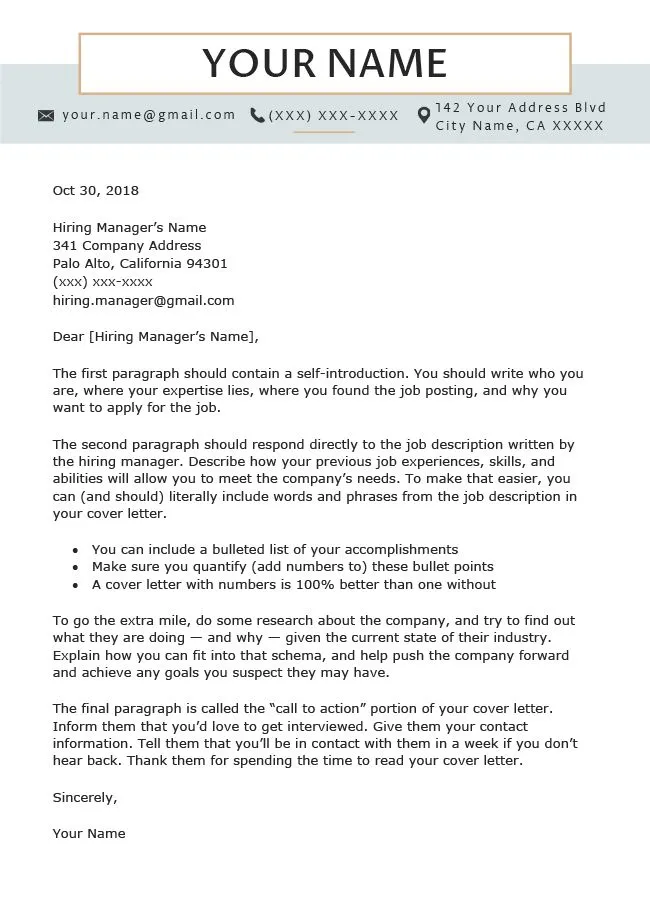
A well-structured cover letter follows a clear and logical format, making it easy for the hiring manager to read and understand. The structure includes several key components that work together to create a compelling and professional document. It’s crucial to get the structure right to make a great impression. Understanding each element, from contact information to the final signature, will help you create a cover letter that effectively communicates your value and qualifications. Proper structure demonstrates attention to detail and professionalism, both of which are critical in the job application process.
Your Contact Information
At the top of your cover letter, include your full name, address, phone number, and professional email address. Ensure your email address is professional and appropriate. This information should be clearly visible and easy to find, allowing the hiring manager to easily contact you. Use a consistent font and formatting to maintain a professional appearance. Double-check all contact details to ensure they are accurate to prevent any communication issues. Always use the same contact information as your resume.
Date
Following your contact information, include the current date. The date should be formatted consistently (e.g., Month Day, Year) and placed directly below your contact details, usually on the left side of the page or aligned with the other elements. This element helps the hiring manager know when the letter was written. Ensuring the correct date is crucial for maintaining the professionalism of your application. Double-check that the date is current and aligns with the date you are submitting your application.
Recipient’s Information
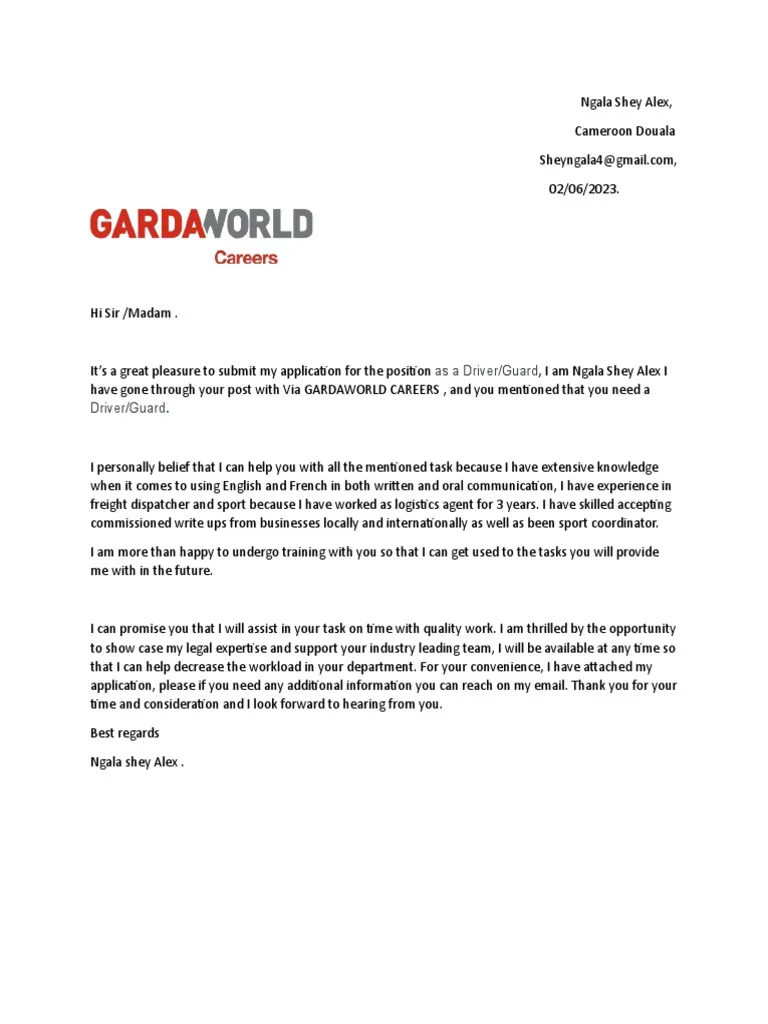
Include the hiring manager’s name (if known), their title, the company name, and the company’s address. Addressing the letter to a specific person shows that you have done your research and are genuinely interested in the position. If you are unable to find the hiring manager’s name, you can use a generic salutation like ‘Dear Hiring Manager’ or ‘Dear [Department Name] Team.’ Accurate and detailed recipient information adds to the professionalism of your cover letter. If possible, research the specific person who will be reviewing your application to personalize your letter further.
Salutation
Begin your cover letter with a professional salutation. If you know the hiring manager’s name, use ‘Dear Mr./Ms./Mx. Last Name.’ If you don’t know the name, use a general salutation like ‘Dear Hiring Manager’ or ‘Dear [Department Name] Team.’ Avoid generic greetings like ‘To Whom It May Concern.’ The salutation sets the tone for the rest of the letter. A personalized salutation demonstrates that you have taken the time to research and tailor your letter to the recipient. Choose the appropriate salutation based on the information you have available, aiming for a respectful and professional tone.
Opening Paragraph Grab Attention
The opening paragraph should grab the reader’s attention immediately. State the position you are applying for and where you found the job posting. Briefly mention why you are interested in the position and the company, creating a sense of enthusiasm. You might include a compelling sentence that highlights a key skill or achievement, setting the tone for the rest of the letter. Your goal is to pique the hiring manager’s interest from the start. Be concise and make sure the opening paragraph clearly states your purpose. This is the first impression, so make it count.
Body Paragraphs Showcase Skills & Experience

The body paragraphs are the heart of your cover letter, where you showcase your skills, experience, and accomplishments. Focus on how your qualifications align with the job requirements. Provide specific examples that demonstrate your abilities and quantify your achievements whenever possible. Tailor these paragraphs to the job description, highlighting the most relevant skills and experiences. Use action verbs and concise language to keep the reader engaged. Each paragraph should focus on a specific aspect of your qualifications, making it easy for the hiring manager to understand your value.
Highlight Relevant Skills
Identify the key skills required for the job based on the job description. In your body paragraphs, directly reference these skills, providing examples of how you have used them in the past. Describe specific situations where you demonstrated these skills, highlighting your successes. Avoid simply listing skills; instead, show how you applied them to achieve results. By focusing on the skills most relevant to the job, you demonstrate your understanding of the role and your ability to succeed. Make sure to align your skills with the employer’s needs.
Quantify Achievements
Whenever possible, quantify your achievements using numbers, percentages, or specific results. This makes your accomplishments more tangible and impressive. Instead of saying ‘Improved customer satisfaction,’ say ‘Increased customer satisfaction by 15% within six months.’ Use metrics to show the impact of your work. Quantifiable results provide concrete evidence of your abilities and the value you can bring to the company. This also makes it easier for the hiring manager to understand your impact in previous roles. Be specific and use data whenever possible.
Tailor to the Job Description
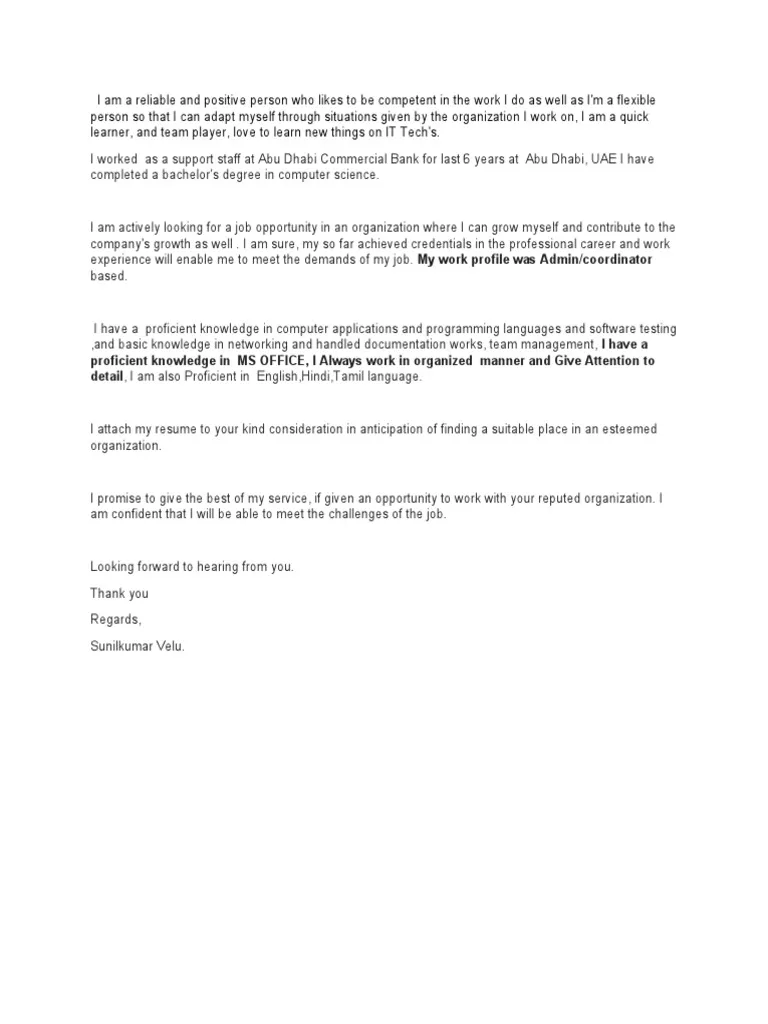
Carefully review the job description and tailor your cover letter to match the requirements. Highlight the skills, experiences, and qualifications that align with the employer’s needs. Use keywords from the job description to demonstrate your understanding of the role. Explain how your background makes you a strong fit for the position. Personalize your letter to show that you have taken the time to understand the specific requirements of the job. This attention to detail will help you stand out from other applicants.
Closing Paragraph Call to Action
In the closing paragraph, reiterate your interest in the position and the company. Summarize why you are a good fit for the role. Include a call to action, such as expressing your eagerness to discuss your qualifications in an interview. Thank the hiring manager for their time and consideration. Keep the tone positive and enthusiastic. Conclude with a strong, memorable statement that reinforces your value as a candidate. Make sure to clearly indicate your desire to move forward in the application process.
Complimentary Close
Choose a professional complimentary close, such as ‘Sincerely,’ ‘Best regards,’ or ‘Yours sincerely.’ Avoid informal closings like ‘Thanks’ or ‘Best.’ The complimentary close should be followed by a comma and leave space for your signature. This small detail contributes to the overall professionalism of your cover letter. Ensure that your closing matches the tone of your letter. A well-chosen complimentary close leaves a positive lasting impression.
Signature
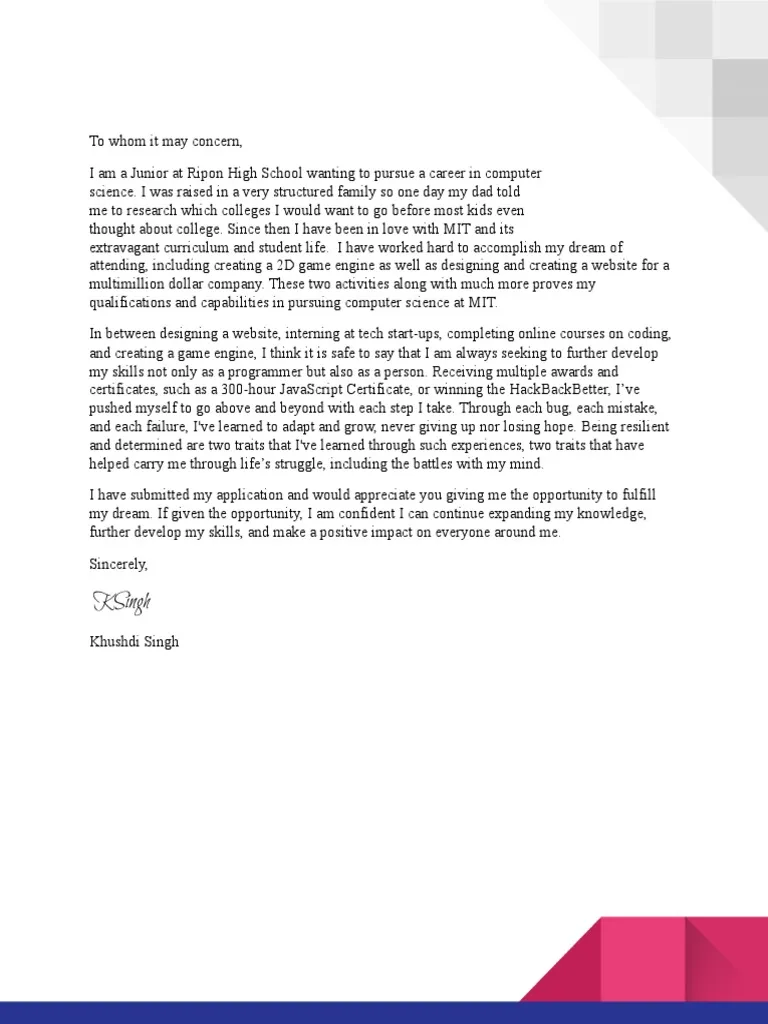
If you are submitting a digital cover letter, type your full name below the complimentary close. If you are printing the letter, leave space for a handwritten signature above your typed name. Your signature adds a personal touch and completes the formal aspects of the letter. Make sure your name is clearly legible. Your signature should match the name you used on your contact information.
Formatting and Design Tips
The formatting and design of your cover letter significantly impact its readability and professional appearance. Choose a clear and easy-to-read font. Maintain consistent margins, spacing, and alignment throughout the document. Use headings and bullet points to organize information and make it easier to scan. Keep the letter concise, ideally within one page. Pay attention to the visual presentation, ensuring it is neat and professional. Clean formatting demonstrates attention to detail, making your cover letter more appealing to the hiring manager.
Choose the Right Font
Select a professional and easy-to-read font such as Times New Roman, Arial, Calibri, or Helvetica. Keep the font size between 10 and 12 points for optimal readability. Avoid using overly stylized or decorative fonts, which can distract from the content. Maintain consistency throughout the document. Your choice of font should project professionalism and readability. Test different fonts to see which one presents your information most effectively and is the easiest to read on screen and when printed. Also, make sure the font is one that is commonly available on most computers.
Keep it Concise
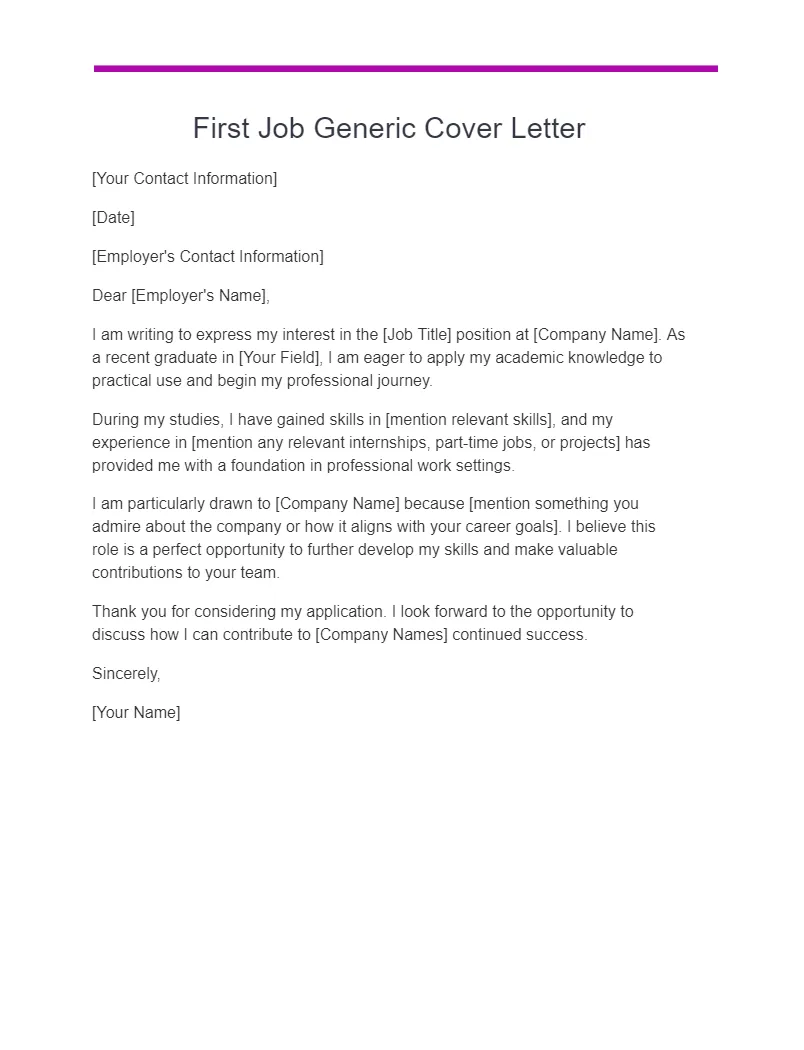
Aim to keep your cover letter to one page. Hiring managers often have limited time, so brevity is crucial. Focus on the most relevant information and avoid unnecessary details. Use concise language and avoid rambling sentences. Every word should serve a purpose in showcasing your qualifications. Prioritize the most important points and tailor your letter to fit the job requirements. A well-edited, concise cover letter is more effective in making a positive impression.
Proofread Carefully
Before submitting your cover letter, proofread it meticulously for any grammatical errors, spelling mistakes, and typos. These errors can undermine your credibility. Use a grammar and spell checker, but also read the letter aloud to catch any awkward phrasing. Ask a friend or colleague to review your cover letter for feedback. Proofreading ensures that your letter presents you in the best possible light. Ensure that the letter is polished and professional, reflecting your attention to detail and commitment to quality.
Key Cover Letter Dos and Don’ts
Knowing what to do and what to avoid can make a big difference in the effectiveness of your cover letter. Following best practices ensures that your cover letter meets the expectations of hiring managers and showcases your qualifications effectively. By adhering to these guidelines, you can maximize your chances of making a positive impression and securing an interview.
Common Mistakes to Avoid
Avoid common mistakes such as using generic templates without personalization, including irrelevant information, and making grammatical errors. Do not simply restate your resume; elaborate on your skills and experiences. Avoid being overly casual or informal in your tone. Do not focus on what you want; instead, focus on how you can contribute to the company. Avoid using clichés and being overly verbose. Ensure that your cover letter is specific, tailored, and error-free.
Cover Letter Examples & Templates
Using cover letter examples and templates can provide guidance and structure, especially if you are new to job applications. These resources offer a starting point for crafting your own letter, helping you understand the essential elements and the appropriate tone. However, remember to personalize the examples to reflect your unique qualifications and the specific job requirements. Adapting these examples ensures that your cover letter is both professional and relevant.
Where to Find Templates
Numerous online resources offer cover letter templates, including websites like Indeed, Resume.com, and LinkedIn. Many career websites and universities also provide templates and examples. You can find a range of templates to suit various industries and job types. Choose templates that align with your experience and the job you are applying for. Ensure the templates are adaptable and allow you to showcase your individual skills and experiences effectively. Take the time to choose the right template.
Adapting Examples to Your Needs
While using templates is helpful, it is important to adapt them to your specific needs. Replace the generic information with your own details, highlighting your relevant skills and experiences. Tailor the content to match the job description, demonstrating your understanding of the role and the company. Personalize your cover letter to stand out from other applicants. Always customize examples to reflect your own unique qualifications. Making the necessary adjustments ensures that the template reflects your individual strengths.
Final Thoughts
Writing a strong cover letter is a critical step in the job application process. By following the guidelines outlined in this guide, you can create a compelling cover letter that showcases your skills, experience, and enthusiasm. Always tailor your cover letter to each job application, and remember to proofread it carefully before submitting it. With a well-crafted cover letter, you will significantly increase your chances of landing an interview and securing your dream job. Be confident and highlight your best qualities and achievements.
